Would you buy a Voigtlander lens for your Leica M? Should you? Voigtlander (or as I often misspell it, Voightlander) is a company with a long and storied history in the field of optics and photography. The company was founded in Vienna, Austria in 1756 by Johann Christoph Voigtlander, who started out as an apprentice to a scientific instrument maker before branching out on his own.
In the early years, the company produced a range of optical instruments, including telescopes, microscopes, and opera glasses. However, it was the introduction of photography in the mid-19th century that really put Voigtlander on the map. In 1840, the company began producing its first camera, the Daguerreotype, which used the then-new Daguerreotype process to produce images. Over the years, Voigtlander continued to innovate and produce new camera designs, including the Petzval lens, which was widely regarded as one of the best lenses of its time.
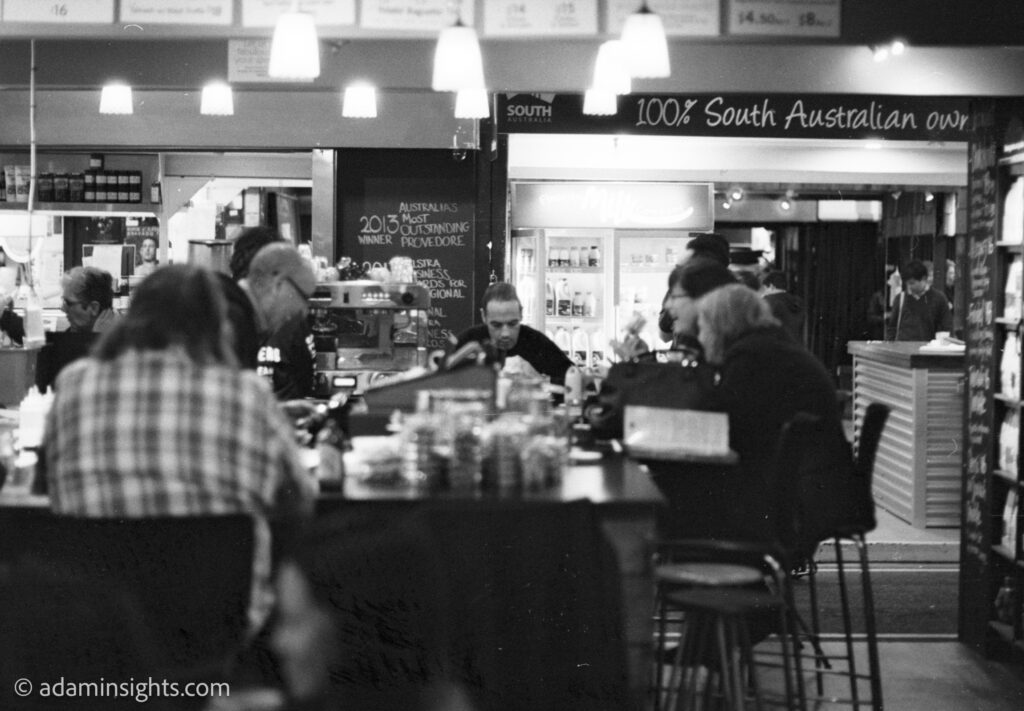
In the early 20th century, Voigtlander continued to produce a range of cameras, including the famous Bessa line of rangefinder cameras. The company also produced a number of pioneering designs, such as the first zoom lens for still photography, the Zoomar, which was released in 1959.
In the 1960s, Voigtlander was acquired by the Carl Zeiss Group, and the two companies began collaborating on the development of new lens designs. In the 1990s, the brand was acquired by Ringfoto, a German photographic group, and Voigtlander continued to produce a range of high-quality lenses and cameras, including a range of classic lens designs updated for modern cameras.
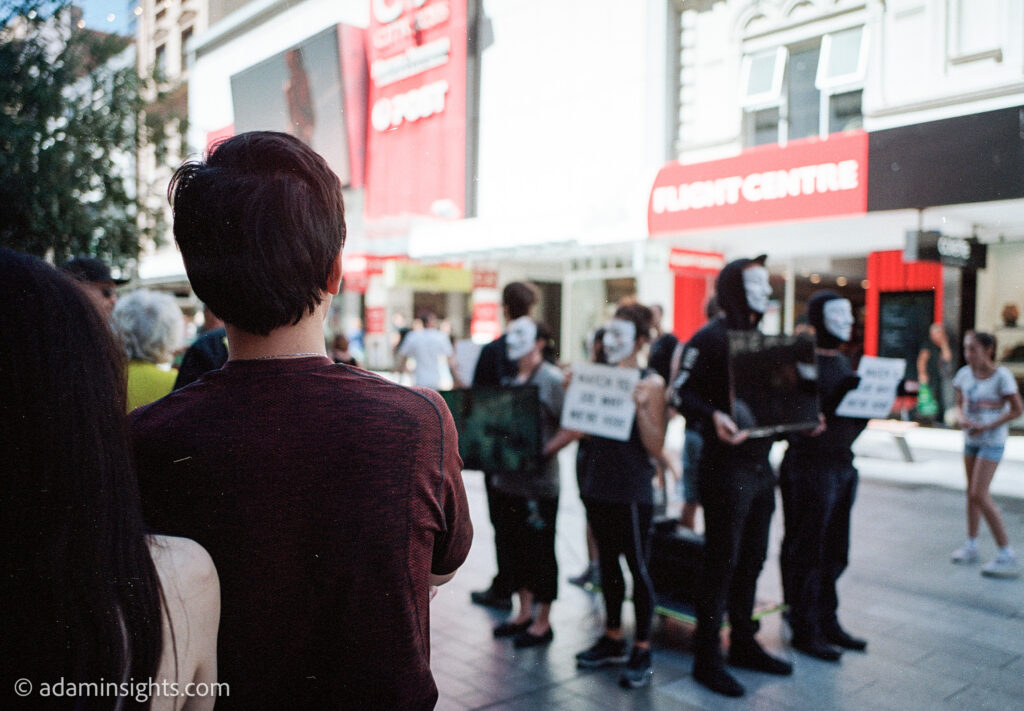
Voigtlander produces a range of M mount lenses, which are designed to be used on Leica M cameras, as well as other cameras with the M mount. Each of these lenses has its own unique characteristics and strengths, and the right choice will depend on your specific needs and shooting style.
The Voigtlander Lens Range for Leica M
Here is a brief comparison of each of the current M mount Voigtlander lenses:
Voigtlander 10mm f/5.6 Hyper Wide Heliar
This lens is incredibly wide, offering a 130-degree angle of view. It is ideal for landscape, architecture, and other wide-angle shots. Its manual focus design makes it great for creative experimentation.

Voigtlander 12mm f/5.6 Ultra Wide Heliar
Another ultra-wide lens, this one offers a 121-degree angle of view. It is a little less extreme than the 10mm lens, but still great for wide-angle photography.
Voigtlander 15mm f/4.5 Super Wide Heliar
This lens is ideal for those who want a wide angle, but not quite as extreme as the 10mm or 12mm lenses. It offers a 110-degree angle of view and has a more moderate aperture of f/4.5.
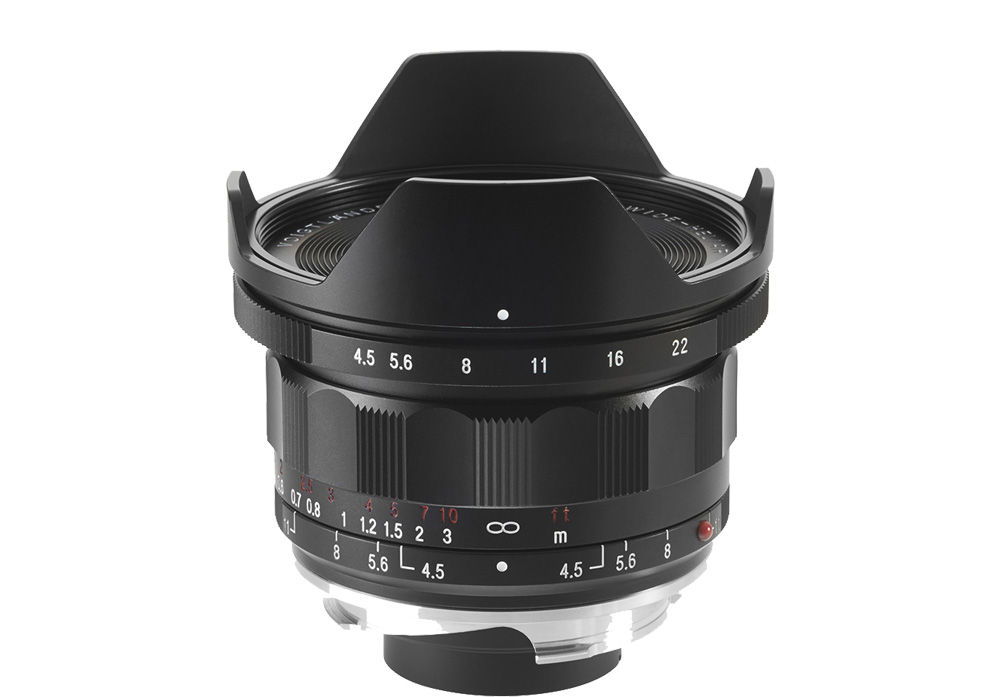
Voigtlander 21mm f/1.4 Nokton
This lens has a fast aperture of f/1.4, making it great for low light and shallow depth of field shots. It has a relatively wide angle of view of 90 degrees.
Voigtlander 21mm f/3.5 Colour-Skopar
This lens is a little slower than the Nokton, but still offers great image quality. It is ideal for those who want a compact and lightweight wide-angle lens.
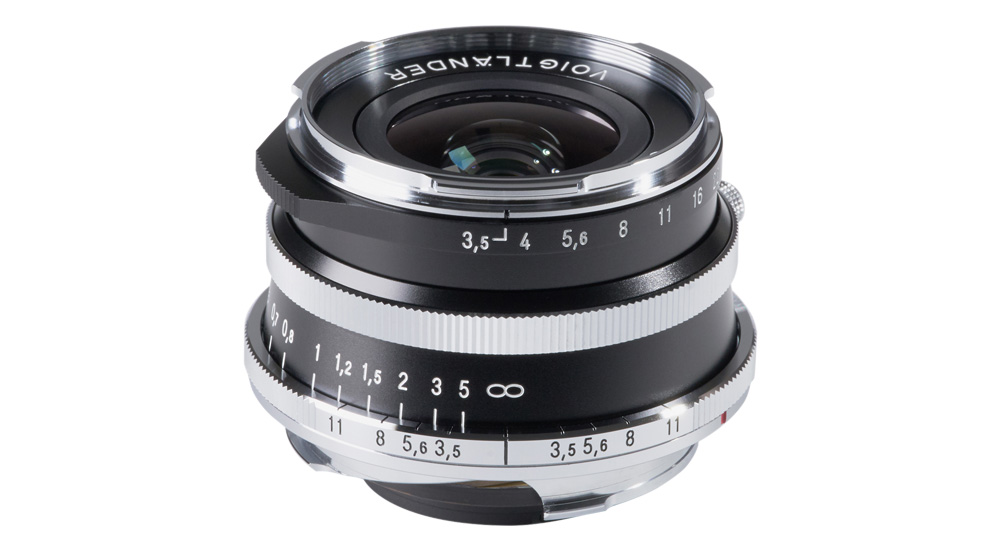
Voigtlander 25mm f/4 Colour-Skopar
This lens is a great all-purpose lens, offering a moderate wide-angle view with a smaller and lighter design than some of the wider lenses. It’s a great choice for those who want a lens that is small and portable.
Voigtlander 28mm f/2 Ultron
This lens is another fast aperture option, making it ideal for low-light and shallow depth of field shots. It has a moderate wide-angle view of 75 degrees.
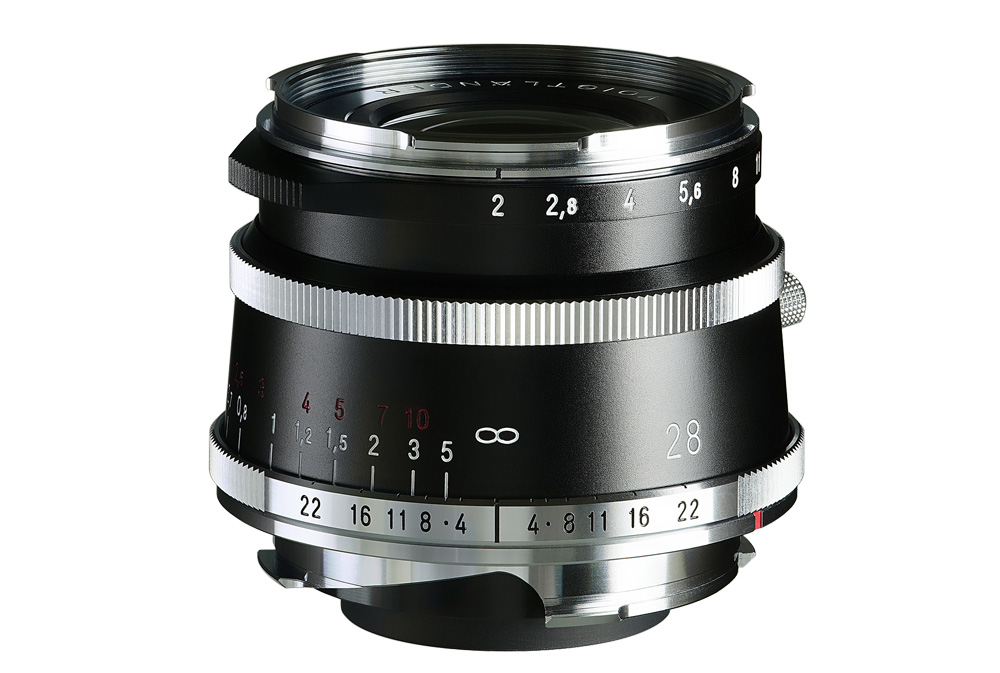
Voigtlander 35mm f/1.2 Nokton
This lens is one of the fastest aperture lenses available, with an impressive f/1.2 aperture. It is a great choice for those who want a wide-angle lens with a very shallow depth of field.

Voigtlander 35mm f/2 Ultron
This lens is a great all-purpose lens, offering a moderate wide-angle view with a fast f/2 aperture. It is a good choice for those who want a high-quality and versatile lens.
Voigtlander 40mm f/1.2 Nokton
This lens is unique in its focal length, sitting between the traditional 35mm and 50mm lenses. It has a fast f/1.2 aperture and is a great choice for those who want a lens with a unique perspective.
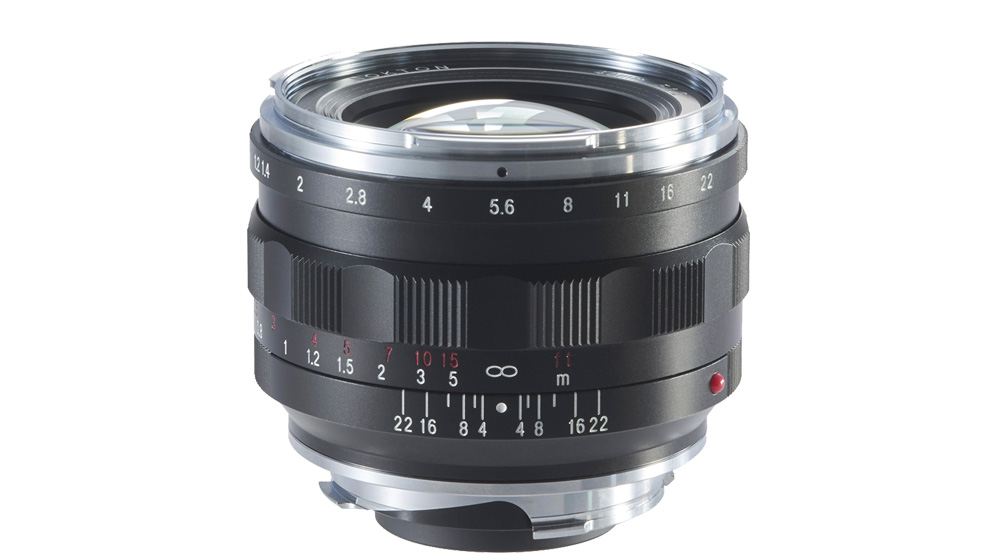
Voigtlander 50mm f/1.2 Nokton
This lens is another fast aperture option, offering a very shallow depth of field and great low-light performance. It has a standard 50mm focal length, making it a great all-purpose lens.
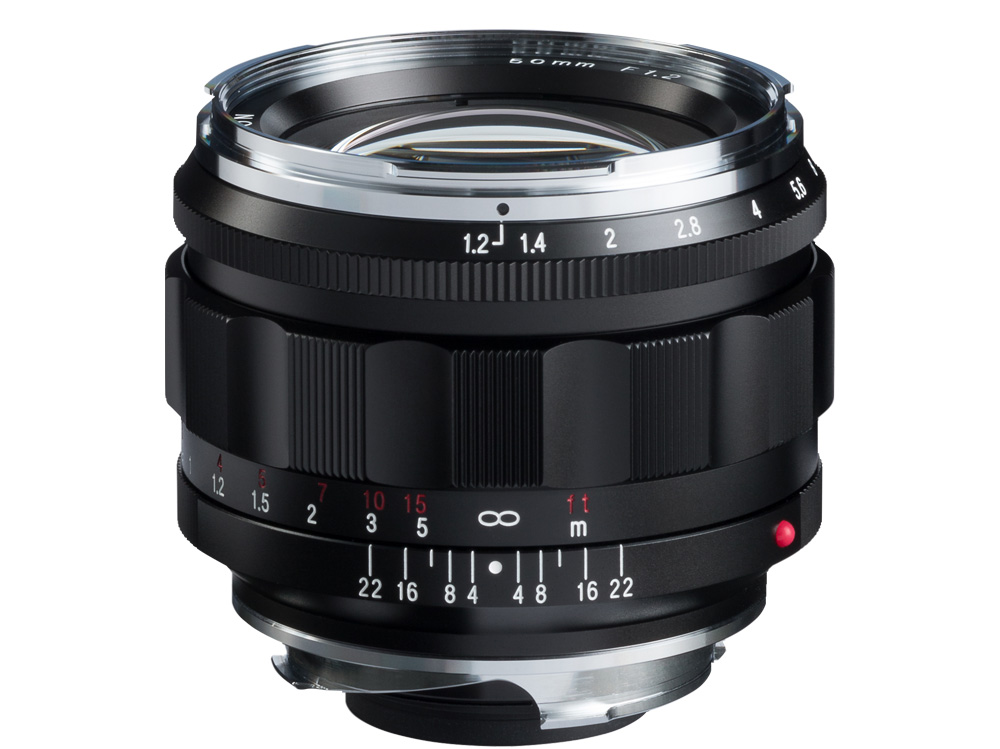
Voigtlander 50mm f/2 APO-Lanthar
This lens is designed for high image quality, with apochromatic glass to eliminate Colour aberrations. It has a more moderate aperture of f/2, making it a great choice for portraits and other shots.
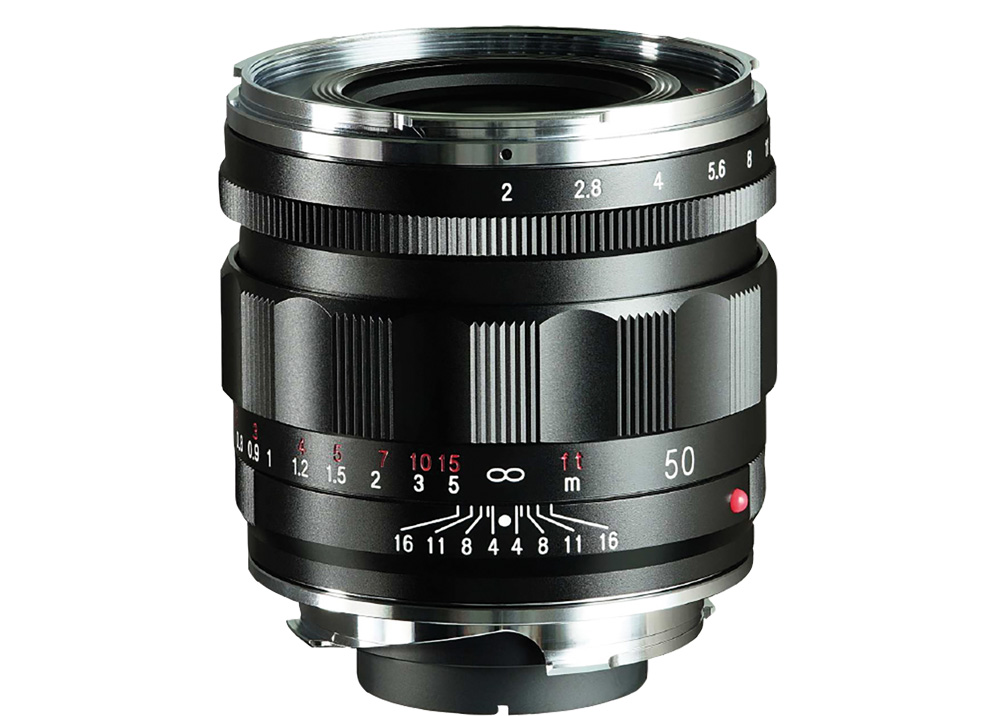
I shoot with my 75mm f/1.8 Voigtlander Heliar
Normally on film, the rendering lends itself nicely to film shots.
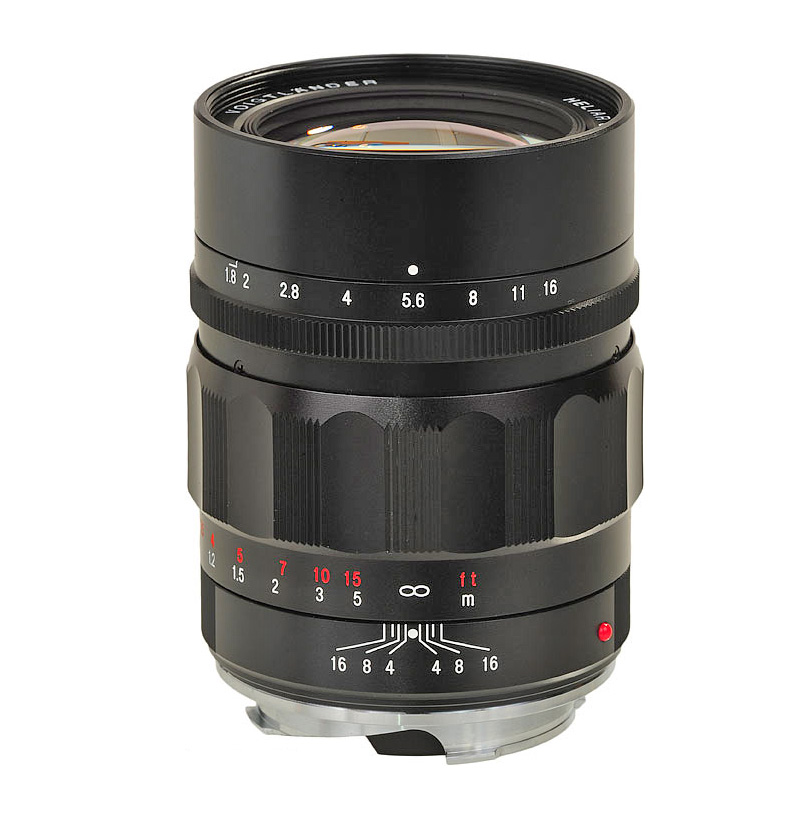
It is part of Voigtlander’s “Vintage Line” of lenses, which are designed to have a classic look and feel, while still offering high-quality performance.
The lens features the classic Heliar design, which includes a helical focusing mechanism and an air-spaced lens construction. This design produces sharp images with good contrast, and also helps to minimize chromatic aberrations and distortion.

With a focal length of 75mm, this lens is a great choice for portraits, as it allows for a comfortable distance between the photographer and subject, while still providing a shallow depth of field for a nice bokeh effect. The fast f/1.8 maximum aperture also makes it ideal for low-light situations and can help to isolate the subject from the background.
The lens is built with high-quality materials, including an all-metal barrel and focus ring, and a high-quality optical construction with 7 elements in 3 groups. It also features a 10-blade diaphragm, which helps to produce a smooth and creamy bokeh.
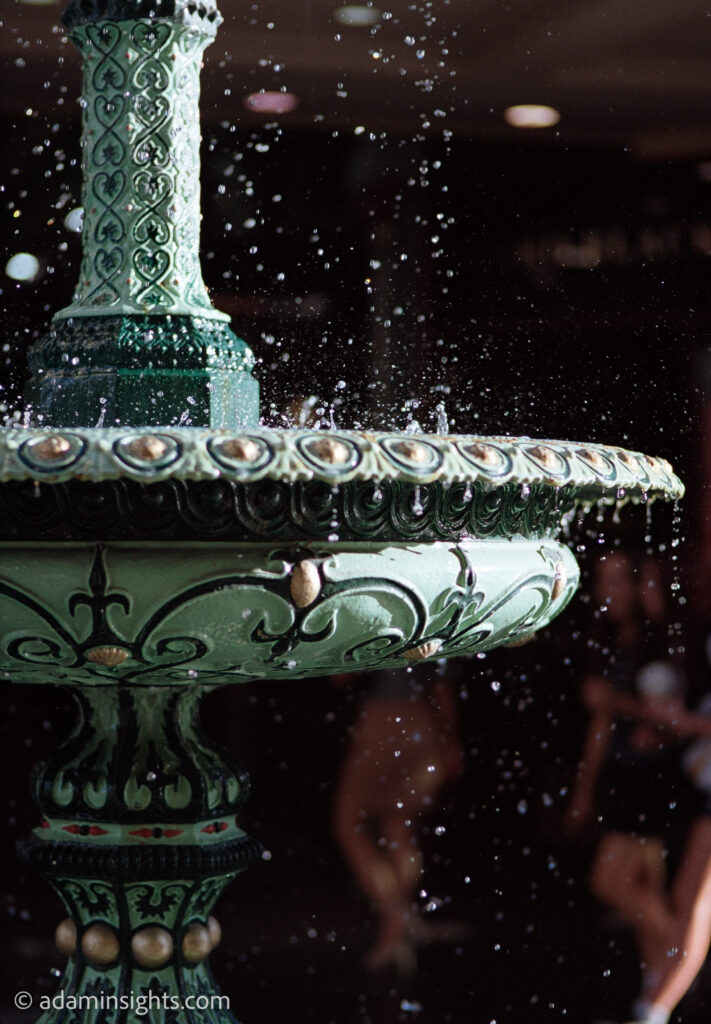
There is no doubt, as this sample shows, Voigtlander lenses can be incredibly sharp with fantastic levels of detail available in the image, and hence excellent value.
The Voigtlander Heliar 75mm f/1.8 is a great choice for photographers who want a classic-looking lens with modern performance. It is also a relatively compact and lightweight lens, making it a great choice for travel and everyday shooting.
There is a lot of history with the Heliars
The Voigtlander Heliar is a lens design that has been used in various Voigtlander lenses over the years. The name “Heliar” comes from the combination of the words “helix” and “air”, and refers to the unique design of the lens, which features a helical focusing mechanism and an air-spaced design.
The Heliar design was first introduced in 1900 by Voigtlander and was originally used in lenses for large format cameras. The design was then adapted for use in smaller lenses, including the famous Voigtlander Bessa rangefinder cameras of the 1950s.
The Heliar design is known for producing sharp images with excellent contrast and smooth bokeh. The helical focusing mechanism allows for very precise focusing, and the air-spaced design minimizes aberrations and produces clear, sharp images.
The Heliar design has been used in a number of different Voigtlander lenses over the years, including the Voigtlander 50mm f/3.5 Heliar lens, which was first introduced in 1950 and is still produced today. This lens is a popular choice for photographers who want a compact, high-quality lens with a unique character and smooth rendering.
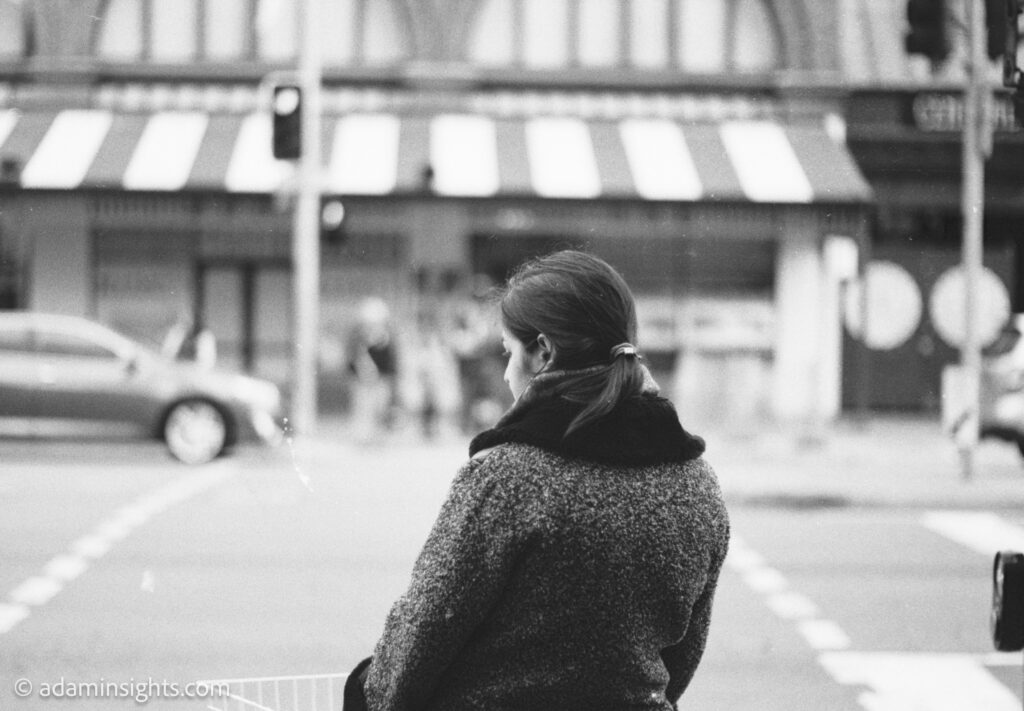
Overall, the Voigtlander Heliar design is a classic lens design that has stood the test of time, and is still highly regarded by photographers today for its high image quality, precise focusing, and unique character.
The Voigtlander Nokton 50mm f/1
The (cheap) Leica 50mm Noctilux alternative. The lens is part of Voigtlander’s “Nokton” line, which is known for its fast maximum apertures and excellent low-light performance.
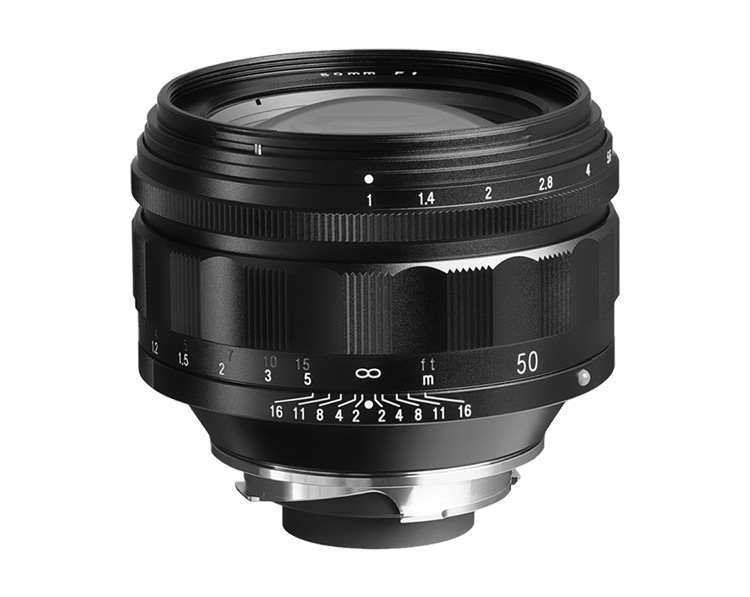
The lens features a classic design with a large, fast maximum aperture of f/1, which allows for excellent low-light performance and shallow depth of field for creative bokeh effects. The lens has a 50mm focal length, which is considered a standard lens on a full-frame camera, making it a versatile choice for a wide range of photography genres.
The lens has an all-metal construction, with a focus ring that is smooth and precise, making it easy to manually focus. The lens also has a 10-bladed diaphragm, which helps to produce a smooth and creamy bokeh.
The optical construction of the lens consists of 7 elements in 6 groups, which is designed to produce sharp, high-contrast images with minimal chromatic aberration and distortion. The lens also has a close focusing distance of 0.7m, which allows for closer focusing and unique perspectives.
Overall, the Voigtlander Nokton 50mm f/1 is a popular choice among photographers who want a fast, high-quality lens with a classic look and feel. The lens is versatile enough for a wide range of photography genres, and the fast maximum aperture makes it a great choice for low-light situations and creative bokeh effects.
The 50mm Voigtlander Nokton for me represents why you’d try Voigtlander lenses for your Leica M. They offer so much more to try. Leica’s range is refined, and straight forward. Voigtlander lets you try a fast f1 lens at 50mm on the used market in good condition for less than $1,000 Australian, whereas the 50mm Noctiluix from Leica is around $20,000 Australian.
Advantages of using Voigtlander lenses:
Affordability
Voigtlander lenses are generally less expensive than Leica M lenses, which can make them more accessible to photographers who are on a budget or who are just starting out.
Wide selection
Voigtlander offers a wide range of lenses, including some specialized lenses that are not available in the Leica lineup. This means that photographers have more options to choose from and can find a lens that is well-suited to their specific needs.
Good quality
Voigtlander lenses are known for their good quality, with sharpness, contrast, and color rendering that is comparable to Leica M lenses. While they may not have the same level of optical quality as Leica lenses, they are still very good and can produce excellent images.
Disadvantages of using Voigtlander lenses:
Build quality
While Voigtlander lenses are generally well-built, they may not have the same level of build quality as Leica lenses. This means that they may not be as durable or long-lasting as Leica lenses, and may not be able to withstand heavy use and abuse.
Resale value
Voigtlander lenses do not hold their value as well as Leica lenses, which means that if you decide to sell your Voigtlander lenses in the future, you are likely to get a lower return on your investment.
Both Leica M lenses and Voigtlander lenses have their advantages and disadvantages, and the choice between them ultimately depends on your specific needs and budget. If you are looking for the best possible optical quality and build quality, and are willing to pay a premium for it, then Leica M lenses may be the best choice for you. However, if you are on a budget or need a specialized lens that is not available in the Leica lineup, then Voigtlander lenses may be a better choice.
Today, Voigtlander continues to be a respected name in the world of photography, known for producing high-quality lenses and cameras that offer exceptional image quality and unique character. While the company has changed hands several times over the years, it remains true to its roots as a company dedicated to innovation and excellence in the field of optics.


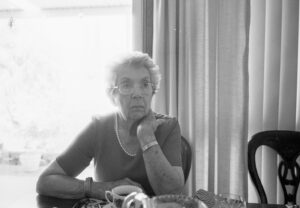

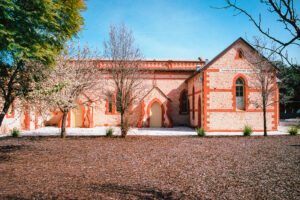
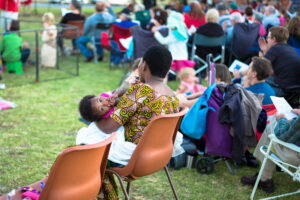
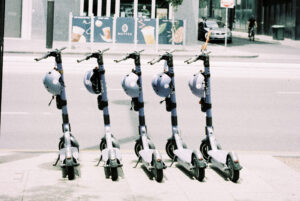
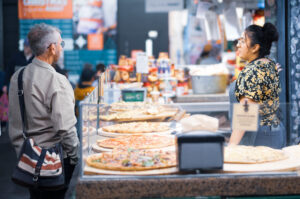
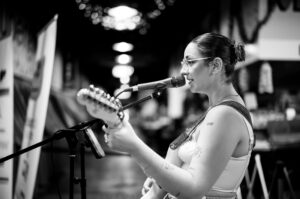
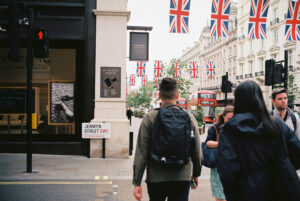

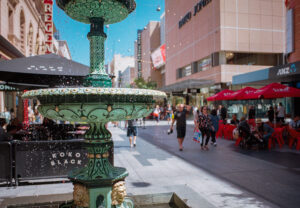

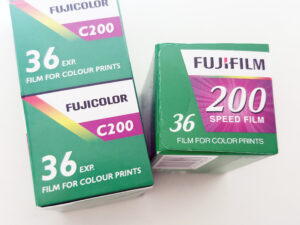


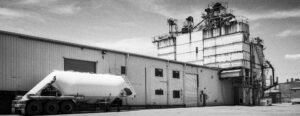

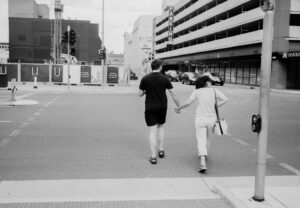
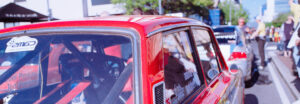
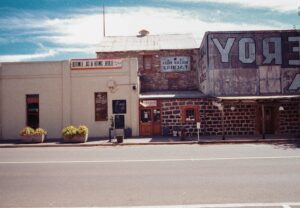
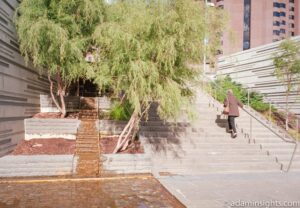












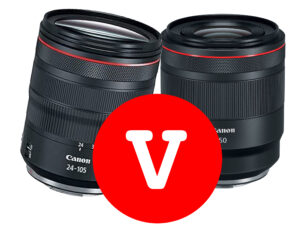

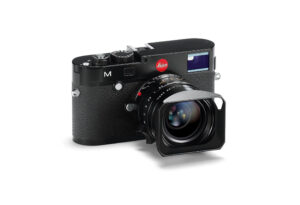

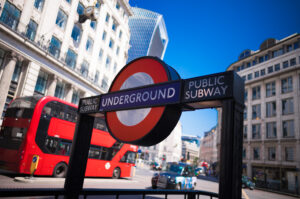
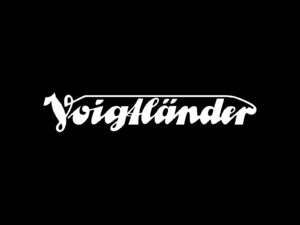














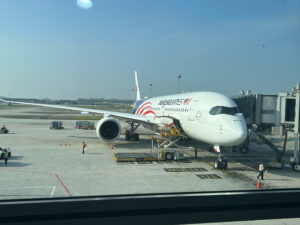
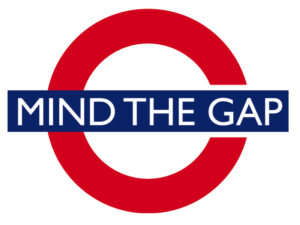
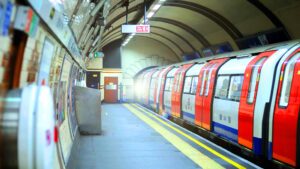













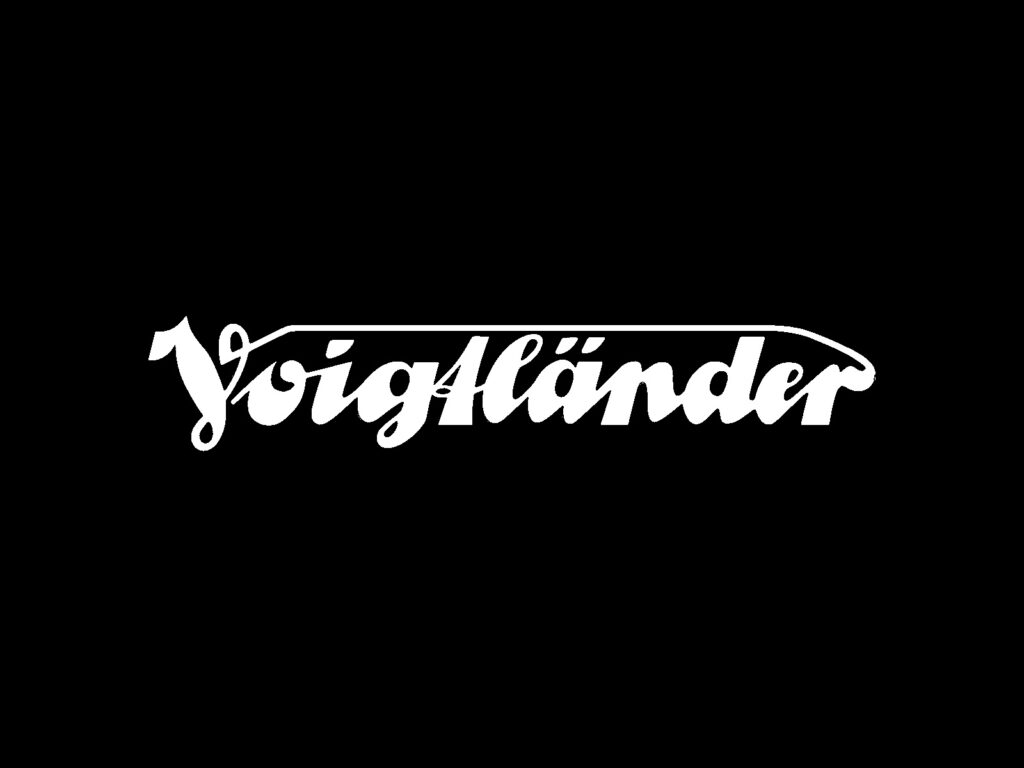

4 Responses
Thanks for this. I recently got a Leica Q2 Monochrom, which I absolutely love, and am thinking someday of getting into the M series, but might have to gradually acquire Leica glass, so am giving Voigtlander lenses a real look.
Glad to have helped. If you are getting into the M, you certainly want fast glass, F2.0 or better for it to be worthwhile and the Voigtlanders offer excellent value for this with very high performance. That said, when it was me getting into Leica I started with 1 fast Leica lens. That enabled me to master one focal length with a quality piece of glass, and gave me time to save up for the next focal length. You might find getting multiple focal lengths all together to get started overwhelming, but could get results you are more happy with just by starting with 1. Try a 35mm Summicron or Summilux. Enjoy, and thanks again.
Great piece of advice mate, thank you so much !!
I started getting a couple Leica M mount Voigtlander lenses and adapting them for now . First I’m wanting a Leica M5 and found one I want . But also thinking of getting the Voigtlander 65mm f/2.0 macro in Nikon Z mount also. It’ll be one or the other and being I shoot my Nikons and Sonys professionally it’ll probably be the Voigt 65mm f/2.0 . The film stuff is or has not been used professionally “yet” . Thinking tonight may change that though.
I adapt the M’s to my mirrorless Nikon Z9 and two Sony a7siii’s . Love the Voigtlander 40mm f/1.2 VM adapted . Beautiful images !!! I also have the Voigtlander 15mm f/4.5 VM . It does well also but doesn’t have the beautiful rendering of peoples skin as the 40 f/1.2 does. I am mostly referring to my style of shooting live music.